
Moving to Alaska: Conquering the Last Frontier
Mar 31, 2023 / Alyssa Duranty
Moving to Alaska is a BIG step, possibly the biggest step you can take without leaving the United States. Alaska is bigger than Texas, California and Montana combined. And it’s full of beauty, which is why many flock to the area.
The Northern Lights, beautiful animals of all sizes and nature as far as the eye can see are just a few of the perks of living in the Last Frontier. But life isn’t easy near the Arctic, and life in Alaska comes at a price — one that some are happy to pay.
If you think Alaska life is right up your alley and you want a taste of true wilderness on a massive scale, the Last Frontier may be the perfect home for you. But be sure to read our Alaska moving guide before you stock up on snow gear.
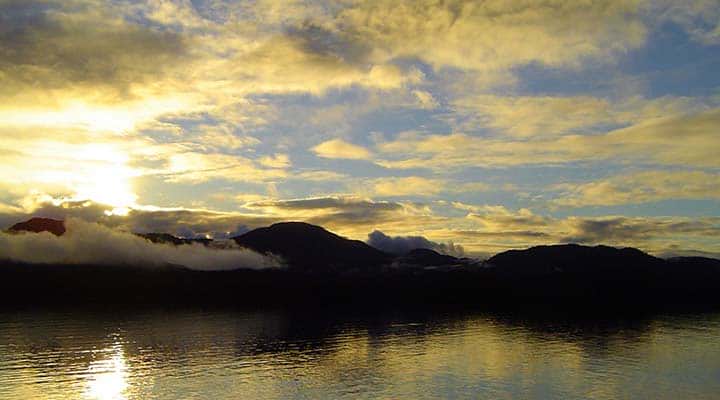
Image by Dawn Ellner
How to Move to Alaska
Alaska is far away from everywhere, which makes everything more remote, more pristine and more expensive. However, thanks to a strong job market and good hunting and fishing grounds, you can probably make a life in Alaska.
Alaska Cost of Living: It’s Expensive
The basics cost a lot more in Alaska. Anchorage commonly ranks in the top 10 most expensive cities in North America for health care, transportation and food. If you’re moving deep into the bush, where everything is brought in on small planes, you can expect to pay an additional premium.
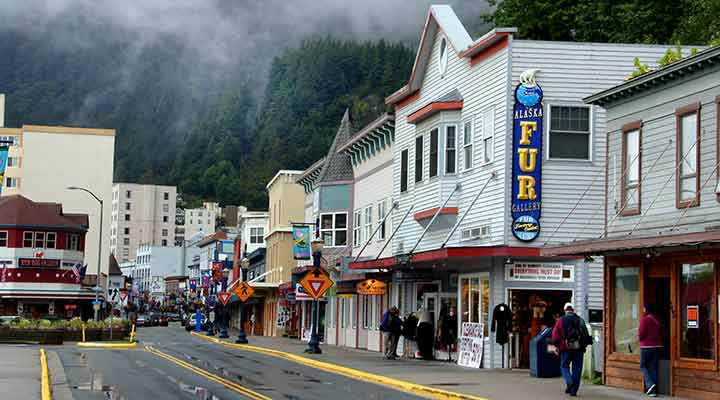
Image by Bernard Spragg
Moving to Alaska Without a Job
Alaska has jobs, if you’re qualified. Professionals, especially health-care providers, are always in demand. But you don’t need to be an M.D. to find work. The oil and fishing industries offer high pay. The work may be seasonal, physically demanding and potentially dangerous, though. They’re not making up everything on “The Deadliest Catch.”;
Alaska Taxes: Expect to Pay Less
Alaskans don’t pay state income tax, and there’s no state sales tax. Some cities charge a small sales tax (Juneau levies 5 percent), while others, such as Anchorage, don’t.
Move to Alaska and Get Paid to Do So
You hear this a lot, and it’s technically true. Every resident of the state receives an Alaska Permanent Fund Dividend payment, which is essentially a dividend from the state’s oil revenue. Historically, the payment ranges from about $300 to $2,000 per resident. Not enough to live on, but it definitely helps.
Living Off the Land in Alaska
Plenty of Alaskans hunt and fish to supplement their incomes and some homesteaders live entirely off the land. For Native Alaskans — members of the seven First Nations —hunting is far more than “subsistence.”; It’s an ancient way of life that keeps their people, languages and cultures alive and vibrant.
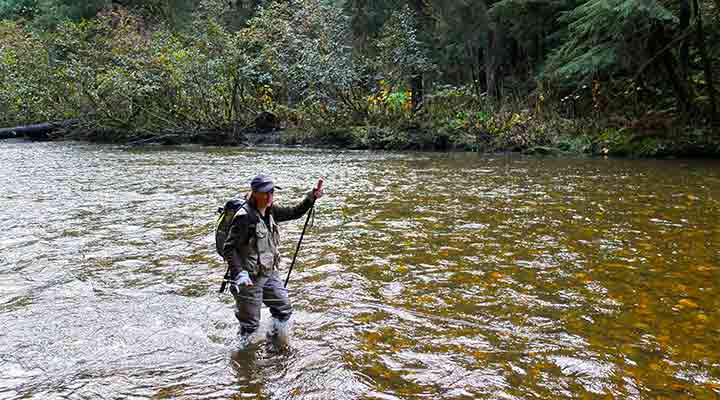
Image by Joseph
Alaska’s Climate Is Tough to Live In
Alaska’s climate is like nowhere else in the United States. Yes, it gets very cold in the winter, but there are other big differences to think about before moving.
Alaska’s Midnight Sun May Keep You Up
Most of Alaska is so far north that the summer sun sets after midnight and it never really gets dark. It can definitely ruin your sleep. Natives and longtime residents sleep with the blinds up, but you’ll want to be prepared to create your own darkness. Curtains, blinds, sleeping masks and melatonin supplements are good things to have on hand.
Alaska’s Polar Night Will Have You Missing Sunshine
Come winter, you just won’t see the sun in many parts of Alaska. On the winter solstice, Anchorage gets six hours of sunlight and Fairbanks gets four. Barrow, the northernmost city in the U.S., gets ZERO hours of sunlight in the winter. Compare those numbers with the eight and a half hours of light Seattle gets on Dec. 21 and you can see just how little light Alaska gets in the winter.
How Cold Does It Get in Alaska?
The southern coast and islands of Alaska have a climate much like that of Seattle or Vancouver. Temperatures stay relatively mild even during the darkest days of the polar night. But as you head north and inland, the climate becomes more extreme. Fairbanks usually sees at least a week or two of minus-40° degrees Fahrenheit weather in the winter, with lows as far down as minus-60°.

Image by Markus Trienke
Best Time to See the Northern Lights in Alaska
Those long polar nights do come with an amazing bonus: the aurora borealis, also known as the Northern Lights. When conditions are right, the sun’s high-energy particles light up Earth’s upper atmosphere like a neon sign. The phenomenon creates shimmering rivers of color in the sky, which can be seen between September and April. Auroras can be green, blue, red, purple and pink. Seeing them with our own eyes is something most of us only dream of experiencing.
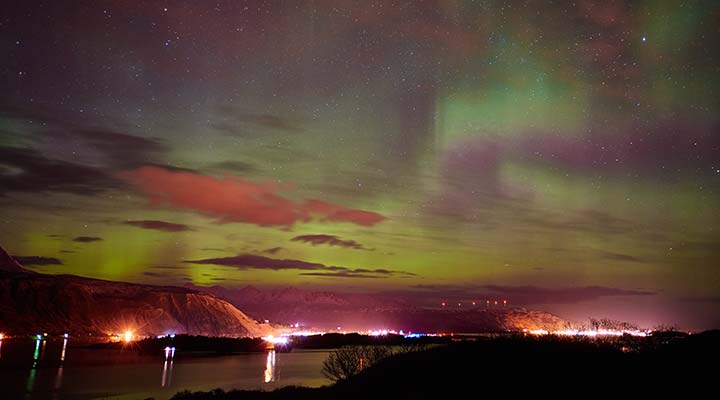
Image by naql
How to Survive in Alaska: Take Your Vitamins
The polar dark can lead to above-average seasonal affective disorder (SAD). If you suffer from SAD in the lower 48, work with your physician to get a plan in place for your first Alaskan winter. Light therapy with indoor sun lamps can help, and be sure to ask your doctor about taking a vitamin D supplement. Your body needs sunlight to produce vitamin D. No sun, no vitamin D. If all else fails, schedule a winter vacation. Hawaii is a favorite for Alaskans looking to escape the dark.
Making the Move to Alaska
Moving to Alaska isn’t as simple as loading up the truck and hopping on the interstate. Alaska is a long way from the lower 48, which makes moving your things a lot more complicated.
How Much Stuff Should You Move to Alaska?
How much you take depends on where you’re heading in Alaska. If you’re moving to a major city like Juneau, Anchorage or Fairbanks, it might make financial sense to move your things. Buying new furniture is expensive in Alaska. If you have nice things in the lower 48 and a big house in Alaska to fill, move it up. However, if you’re headed to a town in the bush, you should probably move as few things as possible. Everything will have to be flown in and that gets expensive.
How to Move a Car to Alaska
Don’t leave your car behind, because moving it to Alaska will likely be cheaper than trying to buy a new one in town. Even though quite a few towns, such as the state capital, Juneau, aren’t connected to the state’s road system, getting around requires a car. Except for Anchorage, mass transit is limited and traveling on foot can be tough, even in town. Come winter, you’ll absolutely want a car, preferably a four-wheel-drive vehicle that can get you through snow and ice. Contact moving companies to get rates on how much it will cost to get your car to the Last Frontier and where you’ll need to drive it ahead of time.
Packing for Alaska
Your belongings will travel a long way — mostly by water — to get to Alaska, which means you (or your moving company) will be packing your life’s possessions into some sort of shipping container.
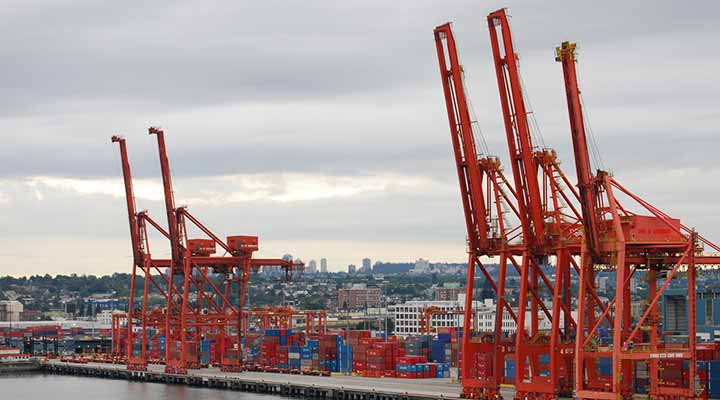
Image by VinceHuang
Our advice: Protect fragile items in bubble wrap, packing peanuts and their own boxes, then group your boxed, fragile items in their own crate or shipping cube. That way, they stay safe within the larger load. Make sure nothing can move or come loose inside your container once it’s sealed. Use dunnage bags — large, inflatable airbags — to fill any voids and secure the load.
One last thing on packing: If you move in the winter, your things could be exposed to extreme cold. Liquids almost certainly will not survive. If you’re shipping your wine collection north, consider shipping it air freight and make sure it is moved quickly to a climate-controlled facility. Or wait and move during the summer.






